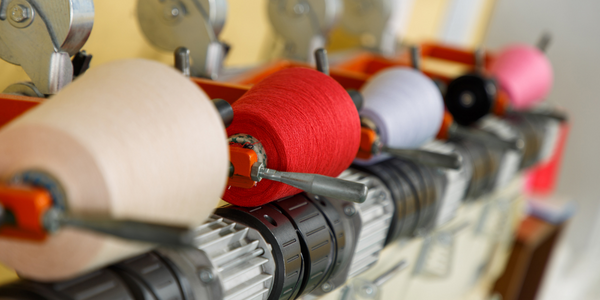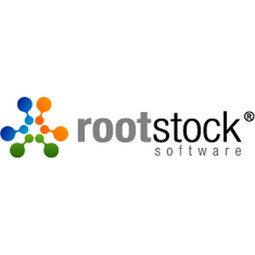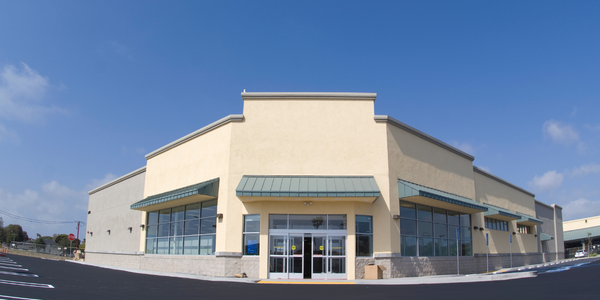Customer Company Size
Mid-size Company
Region
- America
Country
- United States
Product
- Rootstock Manufacturing ERP
Tech Stack
- Salesforce’s Force.com platform
Implementation Scale
- Enterprise-wide Deployment
Impact Metrics
- Productivity Improvements
- Cost Savings
Technology Category
- Platform as a Service (PaaS) - Application Development Platforms
Applicable Industries
- Apparel
Applicable Functions
- Discrete Manufacturing
Use Cases
- Manufacturing System Automation
- Inventory Management
Services
- Cloud Planning, Design & Implementation Services
About The Customer
Unionwear is a manufacturer of custom-made baseball caps, tote bags, and apparel. The company is based in Newark, NJ, and employs 120 union workers. Despite operating in a historically expensive location and in an industry that has seen a significant decline in the US, Unionwear has been able to succeed by embracing lean manufacturing and continuous improvement. The company has been practicing this process for 9 years, and as a result, they have been able to triple their productivity. Unionwear's primary raw material is fabric, and customer demands require that they use a multitude of colors and types of fabric.
The Challenge
Unionwear, a custom-made baseball cap, tote bags, and apparel manufacturer based in Newark, NJ, operates in a challenging market. The clothing and apparel industry in America has seen a significant decline, with the percentage of clothing and apparel consumed by Americans that is made in America dropping from 95% in 1960 to about 2% today. Additionally, the apparel spending by the average US household has dropped from $4,300 to $1,700, and the percentage of household spending on apparel has dropped from about 10% in 1960 to 3.5% today. As a result, the apparel industry employment has contracted from an average employment of 902,000 in 1960 to about 136,000 today. Unionwear, however, has been able to succeed in this challenging market by embracing lean manufacturing and continuous improvement.
The Solution
Unionwear adopted Rootstock Manufacturing ERP, a system designed for the manufacturing environment. Rootstock is delivered from the Cloud and is the largest single native application on Salesforce’s Force.com platform. Its design facilitates fast and easy implementations, no major IT infrastructure investment, and the ability to grow with the successful manufacturer. Unionwear wanted to adopt a system that would enhance their goal of increasing value to the customer while not consuming valuable resources in the care and feeding of a complex system. Unionwear is focusing on two primary areas to continue their process of continuous improvement. The first is in the area of inventory. It is critical to plan precisely the amount of material required for production and to know exactly what is available for production at any given moment. The second area is the measurement of efficiency. Unionwear only measures efficiency in the production of finished goods, as a finished product ready to ship is value to their customer.
Operational Impact
Quantitative Benefit

Case Study missing?
Start adding your own!
Register with your work email and create a new case study profile for your business.
Related Case Studies.

Case Study
Fire Alarm System and Remote Monitoring Sytem
Fire alarm systems are essential in providing an early warning in the event of fire. They help to save lives and protect property whilst also fulfilling the needs of insurance companies and government departments.Fire alarm systems typically consist of several inter-linked components, such as smoke detectors, heat detector, carbon monoxide, manual call points, sounders, alarm and buzzer. The fire alarm system should give immediate information in order to prevent the fire spread and protect live and property.To get maximum protection a shoe manufacturer in Indonesia opted for a new fire alarm system to monitor 13 production sites spread over 160 hectars. Although the company had an existing fire alarm system, it could not be monitored remotely.It was essential that the new system would be able to be monitored from a central control room. It needed to be able to connect to the existing smoke detector and manual call point. Information should be easily collected and passed on to the Supervisory Control and Data Acquisition (SCADA) system. Furthermore, the system should have several features such as alarm management, auto reporting, being connected to many client computers without additional cost, and run 24/7 without fails. The company also needed a system which could be implemented without changing the architecture of the existing fire alarm system.

Case Study
IoT Applications and Upgrades in Textile Plant
At any given time, the textile company’s manufacturing facility has up to 2,000 textile carts in use. These carts are pushed from room to room, carrying materials or semi-finished products. Previously, a paper with a hand-written description was attached to each cart. This traditional method of processing made product tracking extremely difficult. Additionally, making sure that every cart of materials or semi-finished products went to its correct processing work station was also a problem. Therefore, the company desired an intelligent solution for tracking assets at their factories. They also wanted a solution that would help them collect process data so they could improve their manufacturing efficiency.

Case Study
Retailer Uses RFID Scanner to Improve Efficiency
Patrizia Pepe wished to improve the logistics of their warehouse: accepting incoming goods from their production sites, movement of items throughout
the warehouse, and packaging of goods for distribution to the retail locations. They initially tried to use barcodes for this function. Because barcodes must be individually scanned within a line-of-sight, the acceptance of goods coming into the warehouse was too time consuming. Working with the University of Florence, Patrizia Pepe instituted a five-month pilot project beginning in August of 2009 to test the validity of an RFID solution. The pilot involved tagging of about 60,000 items for the second seasonal collection, and convinced the company to move forward with tagging all items.

Case Study
Monitoring and Controlling Automatic Mixing and Dispensing Machines
As technology advances, textile manufacturing has been transformed from a labor-intensive to a partially or fully automated industry. Automation is significant in all segments of textile production - from spinning to printing, and textile machinery manufacturers are constantly searching for new technologies and automation processes will increase the productivity of their machines. The color paste mixing and dispensing machine is an essential part of the printing and dyeing process. With the advantage of automatically computerized controls and database management, the system can significantly improve its dispensing precision, working efficiency and production quality as well as reducing material consumption.









